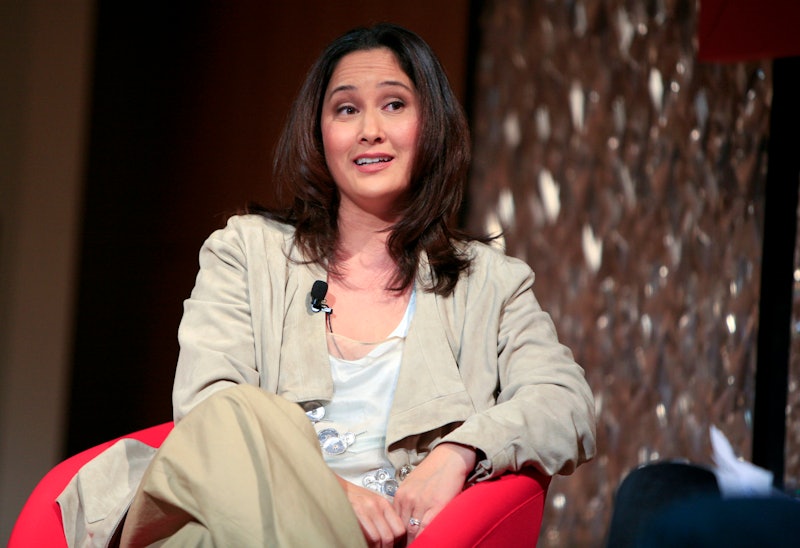Who comes to your mind when you think of a tech entrepreneur? Based on what we see in the media, chances are you pictured Mark Zuckerberg, Steve Jobs, or another white man. Women and minority entrepreneurs aren't the ones you normally hear about. (If you doubt me, do a quick Google search of "famous tech entrepreneurs.") But that doesn't mean they're not out there.
In fact, according to a survey by the Information Technology and Innovation Foundation, 35.5 percent of U.S. innovators in STEM fields weren't even born in the United States. 7.5 percent are from India, and six perfect are from China. And despite what Donald Trump might say about immigrants hurting our economy, 17 percent of innovators aren't U.S. citizens.
But the truth is, minorities and women are underrepresented in tech entrepreneurship. The same survey found that U.S.-born minorities constitute only eight percent of innovators (but 32 percent of the national population), and women make up 11.7 percent.
One way to combat this underrepresentation is to acknowledge that women and people of color are responsible for some groundbreaking inventions — and more can be. So here are some well-known and lesser-known innovators from underrepresented demographics that you should know.
1. Cynthia Breazeal
Cynthia Breazeal, the director of the Personal Robots Group at the MIT Media Lab, is one of the most famous and important roboticists of our time. She's a pioneer in the field of human-robot interactions, which develops robots that are emotionally and intellectually fit to coexist with humans. Her company developed the world's first family robot Jibo, a personal home assistant that can hear you talking from around the house, remind you of things you have to do, and even express sympathy.
2. Roy Clay Sr.
Roy Clay Sr. worked in Research and Development for Hewlett-Packard in the '60s, designing the company's first computers. He then went on to found Rod-L Electronics, which manufactures electrical safety compliance testers. After the controversial Ferguson shooting, Clay wrote about his own scary encounter with the city's police, in which they handcuffed him, drove him out of the city, and told him not to return, in the San Jose Mercury News. "As I celebrate my 85th birthday this week, I think of how close I came to being Michael Brown," he wrote. "It says a great deal that young Mr. Brown will not have the opportunity I had to attend college, build a career and raise a family. Hopefully, my story will help explain why that makes us all the poorer."
3. Nanxi Liu
Liu, Founder and CEO of digital signage software provider Enplug, has founded two successful companies — Enplug and Nanoly Bioscience — at 25. On top of that, she once wrote a song with Grammy-winning musician Pascal Guyon. She told Bustle over email that she also manages to practice cello and violin every week. She has been a self-taught coder since middle school, yet people still ask her how she got where she is without coding experience, she told Bustle for another article.
4. Laura I. Gomez
Laura I. Gomez was one of Twitter's founding members and the company's first Latina employee. She spearheaded the platform's Spanish version Twitter en Español and most recently founded Atipica, a recruiting analytics startup that helps companies hire diverse candidates. Another fun fact about her? Since she was one of the first users of Twitter, she's claimed the handle "@laura." Imagine how many missed connections involving people named Laura she must hear about.
5. Alicia Carr
Alicia Carr is a truly self-made entrepreneur. Currently in her 50s, she taught herself to code just a few years ago, before founding her company Purple Evolution. The Purple Evolution app gives domestic violence victims access to shelters, hotlines, and legal information through a discrete interface that their abusers can't detect. Between being a women's motivational life coach and starting a website for black authors to sell their books, her app is just one of many ways she's made a difference in the lives of disadvantaged people — and one of many examples of how technology can better the world.
